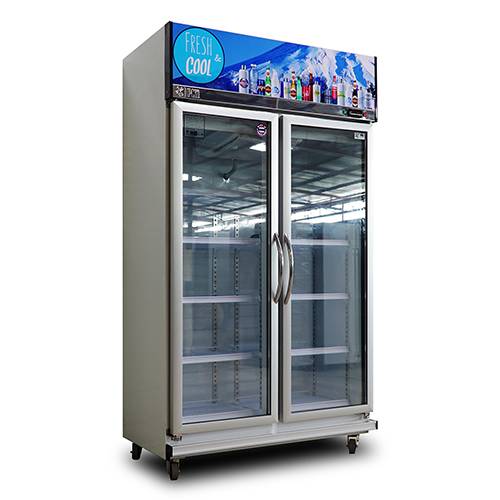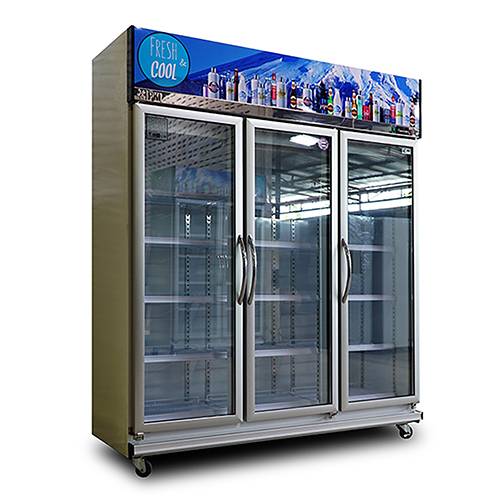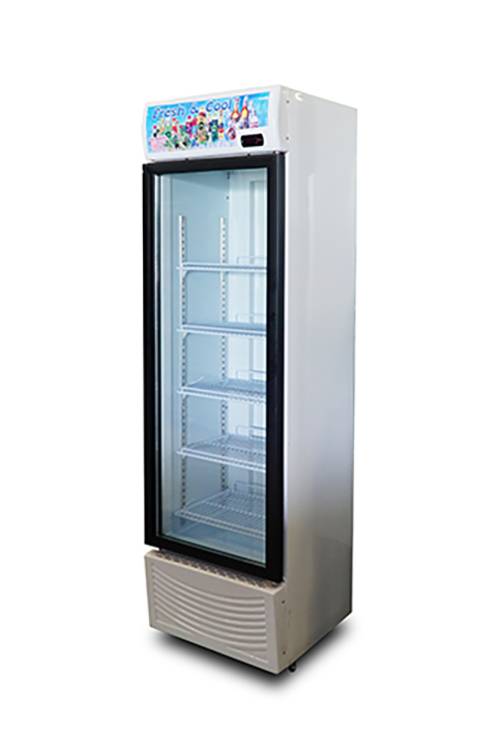When we’re going to the market each time, the problems that housewives often face are raw materials or ingredients usually sold in a large bundle or have to buy at least half a kilogram to 1 kilogram, which is too much to use in cooking each day. When you keep it for the next time, it will dry out and spoil very quickly. Now we have a good tips and tricks for your housewife as 10 food preservation methods to preserve the freshness of raw materials, including vegetables, fruits, as well as various dry things for a long time. Let’s try the following methods.
They can be stored for several months without spoilage or change in taste. By washing, cleaning the lemons, let them air dry, then wrap them with newspaper individually. And put in a plastic bag, tie it tightly and keep it in the vegetable compartment of the Commercial refrigerator. Another way is when lemons are cheap, buy in large quantities, squeeze the juice, place it in a covered container, and put it in the freezer compartment of the Commercial refrigerator. And another good idea is to put it in an ice tray which can be divided into cubes according to the desired quantity. To be used for cooking, just take it from Commercial refrigerator and leave it at room temperature for a while to dissolve.
2. Eggs
When you buy a fresh egg, do not wash it, because they will cause clay like flour powder that covered the eggshell peeled off. Then the air will enter through the small pores, resulting in the rotten egg. It should be kept in the Commercial refrigerator by setting the obtuse side, which is part of the air cavity, on top or use cooking oil to thin the crust. This method will keep the eggs fresh for longer.
3. Meat and Seafood
Many people buy it in kilograms to serve as many meals. It must be thoroughly washed and cleaned then store in a plastic bag or a sealed box and store in the freezer compartment of the Commercial refrigerator. For pork or beef, it should be cut into pieces to fit for each cooking time for convenience when picking and use, and should be stored separately before use. This will keep the meat and seafood fresh for several days.
4. Onions and Garlic
Some shells should be removed and stored in a ventilated mesh bag or basket. Or hang it in a ventilated and out of the sun to prevent germination and moisture resistance, which often causes mold.
5. Rice
It should be put in a bucket with a closed lid and put the kaffir lime leaves in the bucket as well. If the leaves are dry or lose their smell, they must be replaced regularly. Because the pungent scent from the kaffir lime leaves will help repel weevils and various insects. Or use 5 to 6 dry chili peppers per 5 kg of rice, it works as well.
6. Fresh Vegetables
It will normally wither and rot very quickly. First, trim off the spoiled part and cut it under the surface to prevent air from coming in, then rinse and soak in water for another 30 minutes before draining the water. Use a large sheet of toilet paper wrapped it to absorb moisture. Then classified into each type of vegetable, store each item in a sealed plastic or zip lock bag. Put them in the vegetable compartment of the Commercial refrigerator. This method will keep them fresh for about 2 weeks. For some vegetables, such as coriander, chili, lettuce, you should not rinse them before putting them in the refrigerator, as they will rot faster than usual.
7. Ginger, Galangal, Krachai
There is a simple storage method. Just use a container that is not less than 20 centimeters height, then put these raw materials in the container. And put the sand on until the raw materials are covered completely and keep in a shaded and ventilated place. In this way, it will keep freshness and can be used for cooking for up to 3 months.
8. Bread
When you leave it for a while, it may develop mold even though it has not yet reached its expiration date. Therefore, it should be stored in a box with a lid and keep it in a damp area. If you want to prolong the life of the bread. To wrap the bread in plastic wrap, cover it with another layer of foil. Then put in a plastic bag and seal the bag tightly, after that freezing it in the freezer compartment of the Commercial refrigerator. Before eating, just take it out and warm it up in the microwave.
9. Bananas
It is a popular fruit that often ripens so quickly that it is impossible to eat. But there is a way to preserve the banana fresh, not black skin by immersing in warm water at about 50 degrees Celsius for 10 minutes to slow down the maturation. Or use food wrap film to wrap around the top terminal of the banana comb. Just this way, it will slow down the ripening of bananas for 8-10 days.
10. Milk and Dairy Products
These items such as butter, yeast, cheese, cream, etc. After use, it should be wrapped in plastic or closed the bottle tightly. The ideal temperature for storage is about 4 – 8 degrees Celsius or keep in the middle compartment of the Commercial refrigerator.



